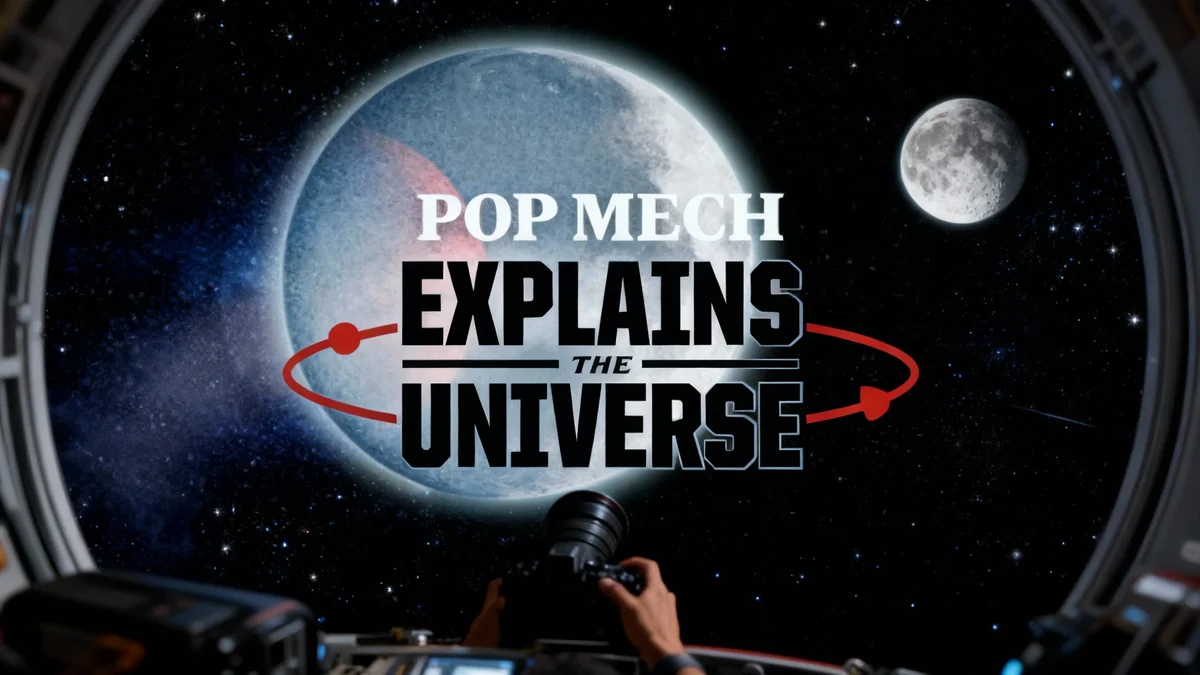
Webb Telescope Spots Cosmic Mystery at Dawn of Time
The James Webb Space Telescope has detected a mysterious reddish object from the dawn of time, leaving scientists to determine if it's the oldest galaxy ever seen.
18 articles tagged

The James Webb Space Telescope has detected a mysterious reddish object from the dawn of time, leaving scientists to determine if it's the oldest galaxy ever seen.

A new study using a decade of radio telescope data indicates the early universe was warmer than previously thought, ruling out a "cold start" to reionization.
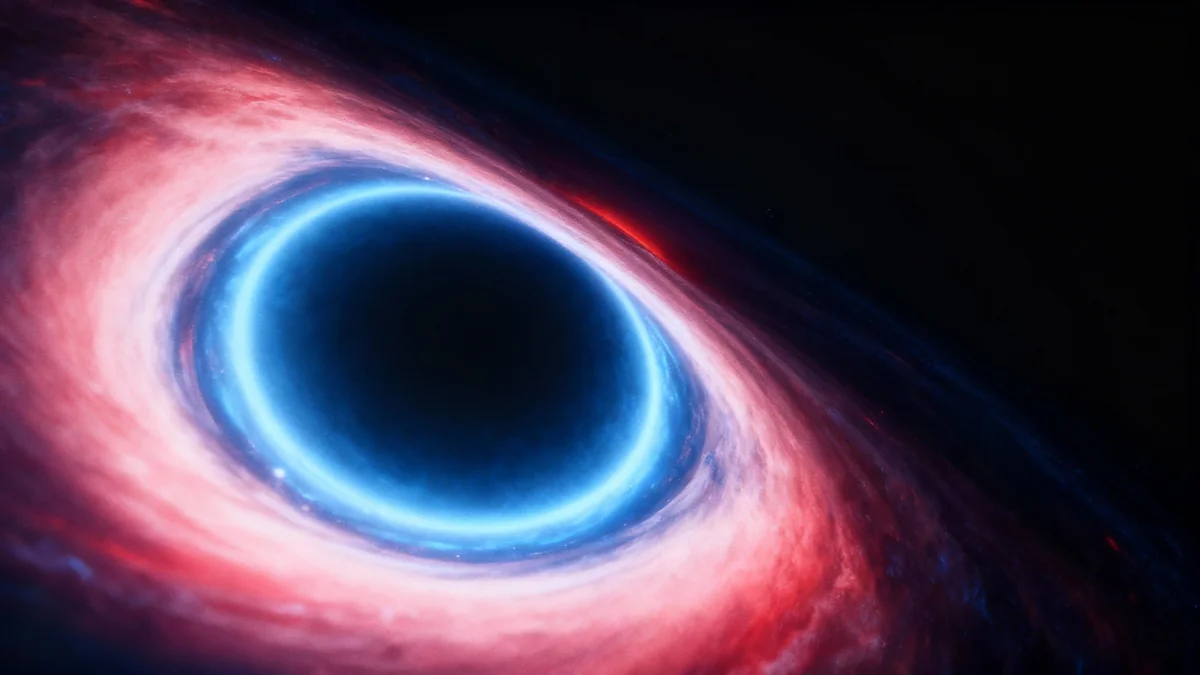
New research suggests mysterious 'Little Red Dots' seen by the Webb Telescope are not galaxies, but giant stars powered by supermassive black holes at their core.

George F. Smoot, the Nobel Prize-winning physicist who provided crucial evidence for the Big Bang theory, has died at 80. His work mapped the infant universe.
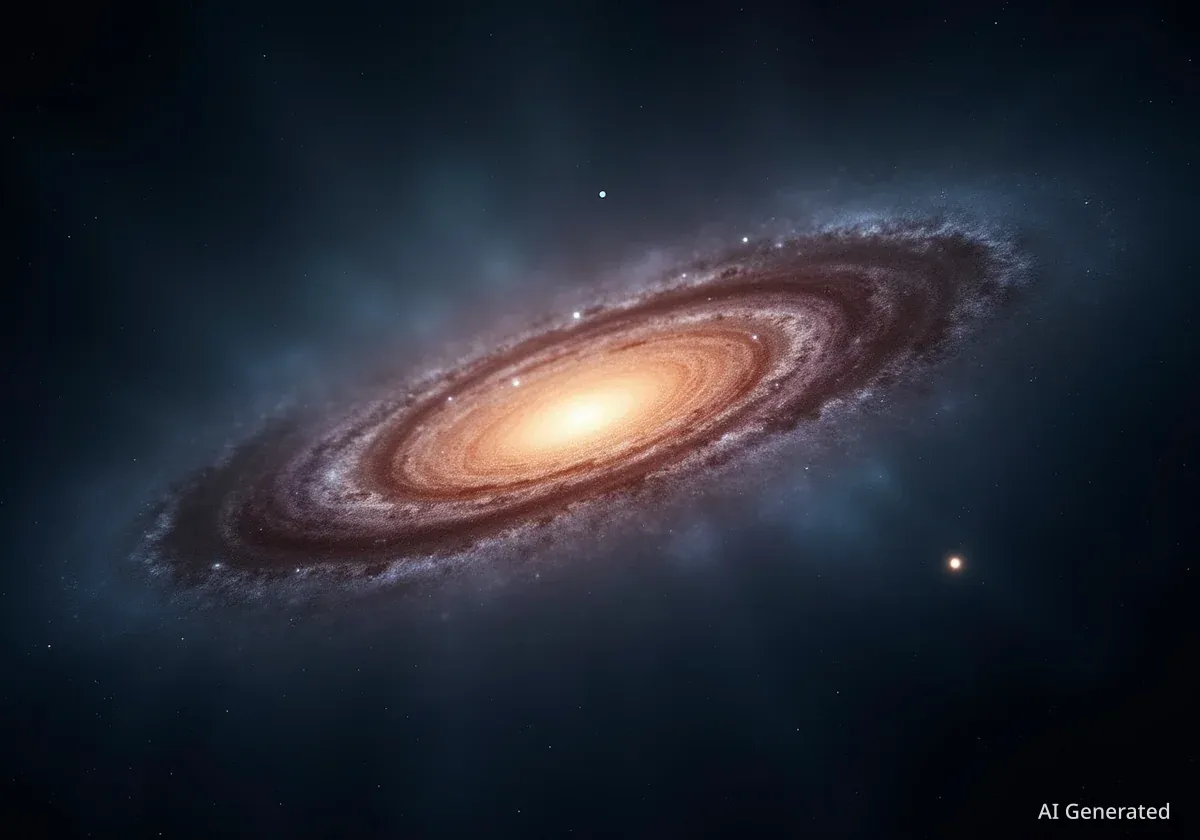
Scientists have detected a starless object 10 billion light-years away that could be the smallest clump of pure dark matter ever observed, supporting a key cosmic theory.
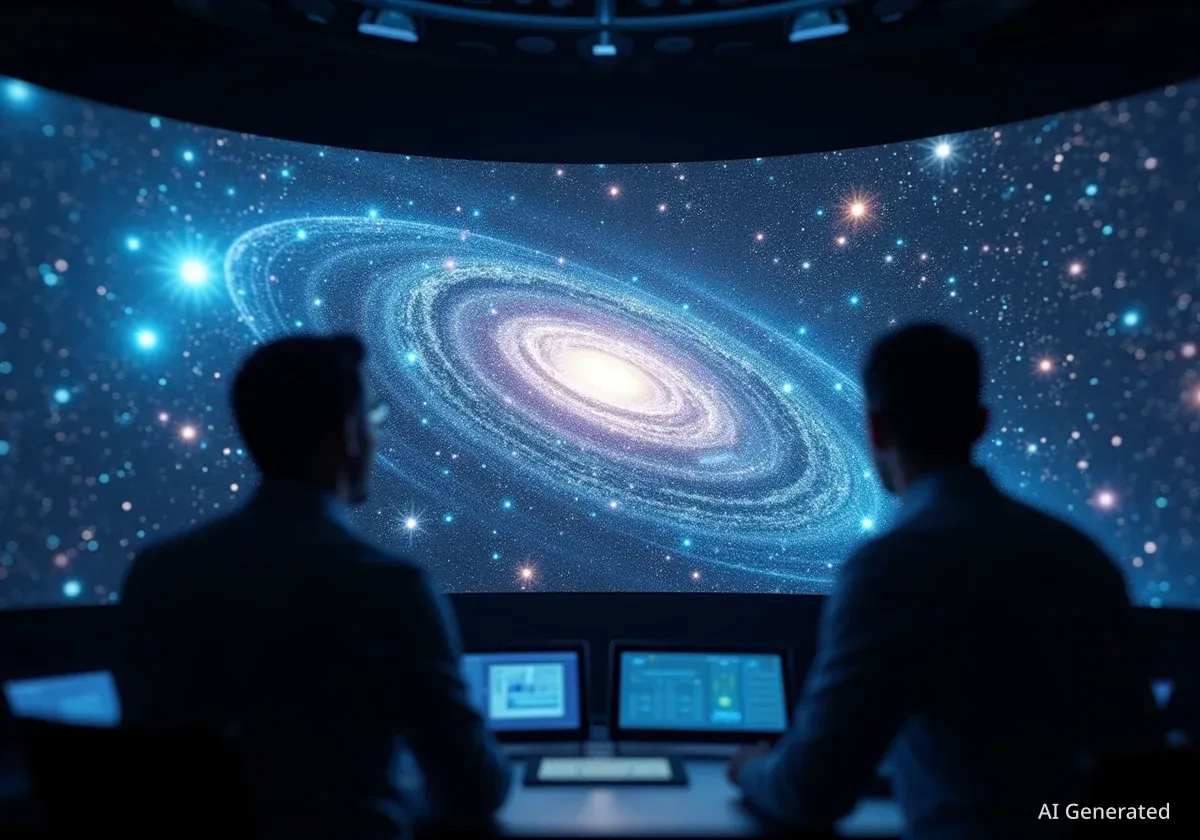
NASA's SPHEREx mission has begun a two-year survey to create a 3D map of over 450 million galaxies, aiming to uncover the secrets of cosmic origins.
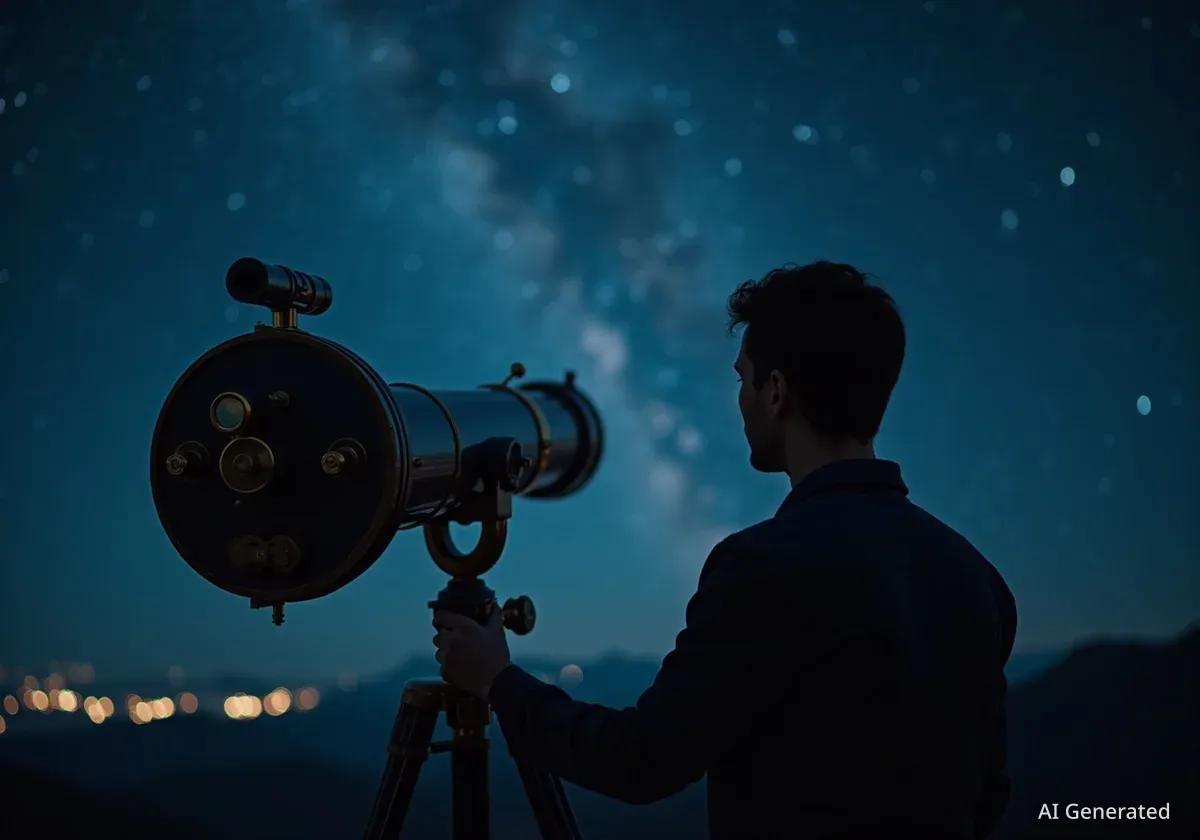
On October 5, 1923, Edwin Hubble observed a variable star that proved the universe was far larger than the Milky Way, settling a major scientific debate.

The James Webb Space Telescope has captured eight new images of gravitational lenses, providing stunning visual confirmation of Albert Einstein's century-old theory.
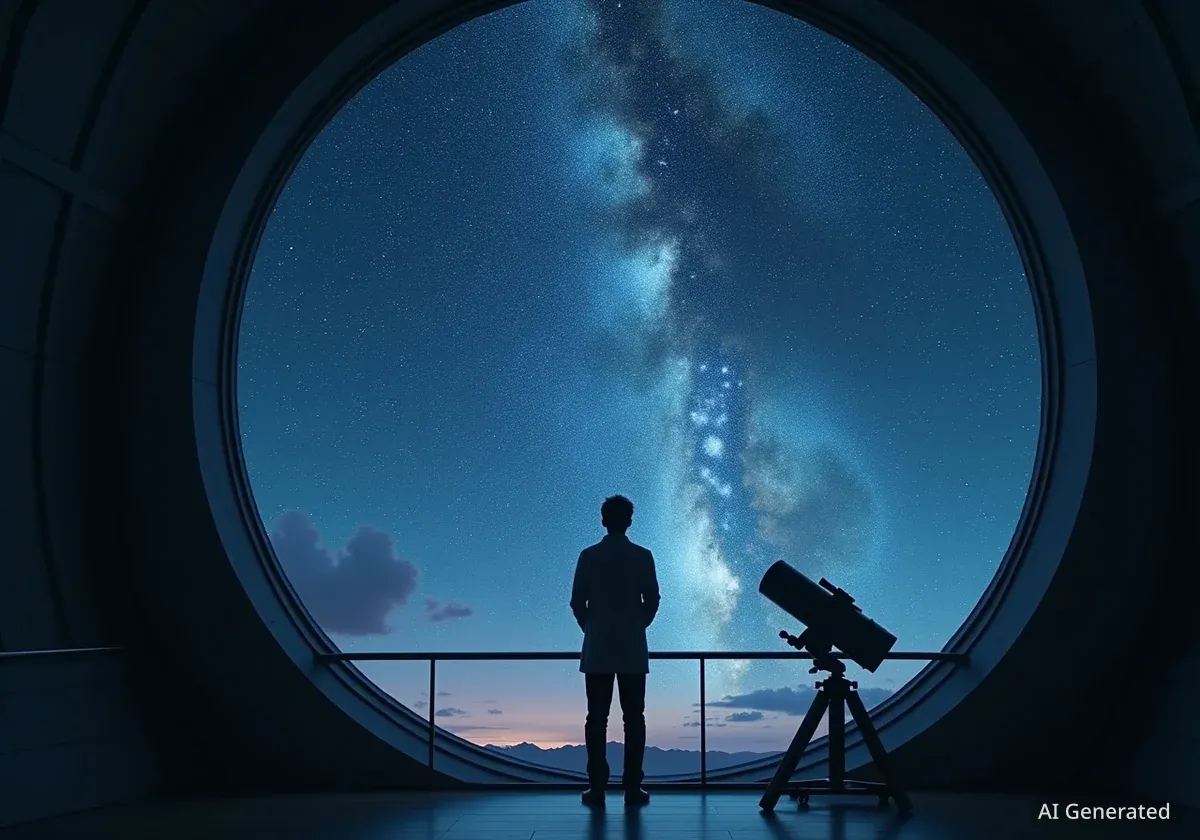
Scientists are working to solve some of the universe's most persistent questions, including the Hubble tension, the nature of dark matter, and the origin of fast radio bursts.

A new analysis challenges the popular idea of space-time as a physical fabric, proposing it is a conceptual map of events, not a tangible reality.
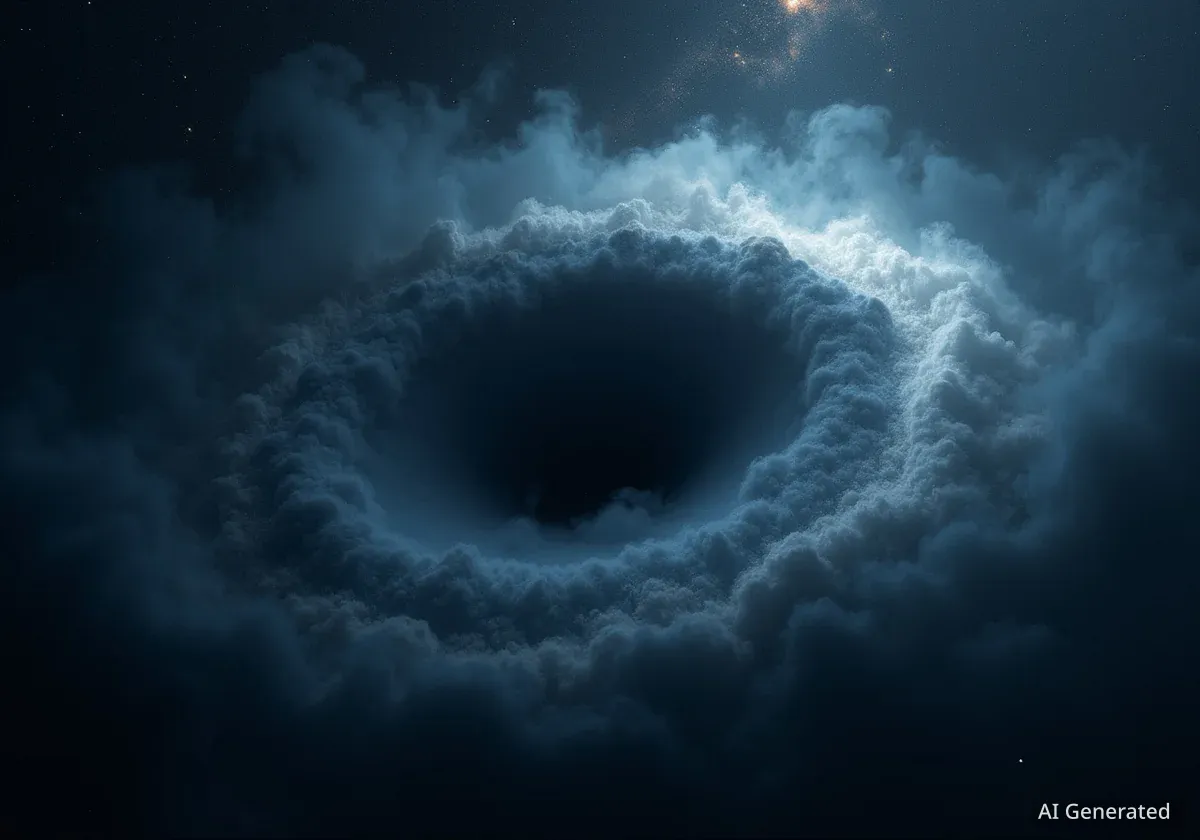
A 2019 gravitational wave signal, GW190521, may have been an echo from a black hole merger in a parallel universe, a new scientific paper suggests.

Scientists have released Flagship 2, the largest-ever computer model of the universe, mapping 3.4 billion galaxies to support ESA's Euclid telescope mission.